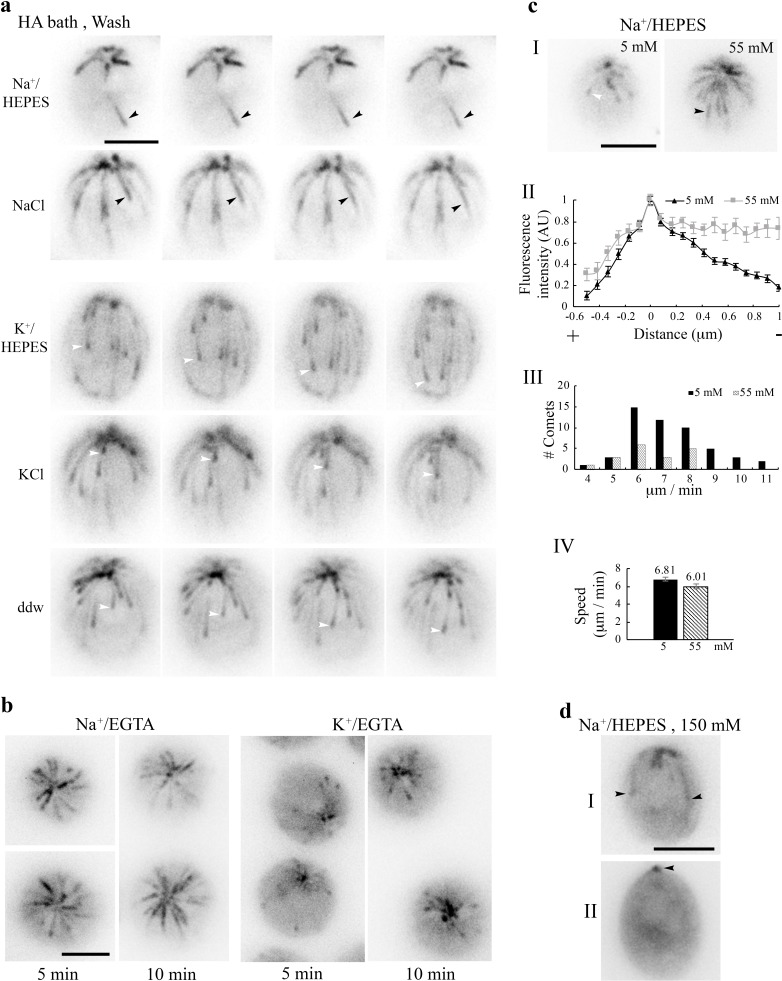Figure 6. Na+-dependent changes of the MT system.
(a) MTs in cells were largely frozen after 5 min 10 mM pH3 HA bath and 3 min in the wash solution, such as 5 mM pH7.4 Na+/HEPES buffer or 5 mM NaCl solution (black arrowheads). In contrast, growing MTs with a comet (white arrowheads) returned if the wash buffer lacked Na+, such as 5 mM K+/HEPES buffer, 5 mM KCl solution, or ddw. (b) Thick MTs in cells resuspended in 21 mM Na+/EGTA for 5 min or 10 min (left panel), contrary to comets in cells in 21 mM K+/EGTA (right panel). Thick MTs were still growing after 5 min incubation but static after 10 min incubation. (c) High [Na+]ex, without pre-exposure to HA, was sufficient to alter comet patterns. Contrary to typical comets in cells resuspended in the HEPES buffer with 5 mM Na+, long comets were thick in cells resuspended in 55 mM Na+ for 5 min (panel I). Normalized linescans confirmed little tapered intensity (panel II, n = 36 comets from 11 cells in 5 mM Na+; n = 13 comets from 4 cells in 55 mM Na+). As shown in the range of speed (panel III), long comets were moving, and the mean speeds of short and long comets were significantly different (panel IV, n = 51 from 11 cells in 5 mM Na+; n = 18 from 4 cells in 55 mM Na+) (p<0.05). (d) Two representative cells after 5 min in 150 mM Na+/HEPES. Some cells still retained a few thick MTs (cell I). Some only had static EB1 signals at the BB area (cell II, arrowhead). Scale bars, 5 μm.

